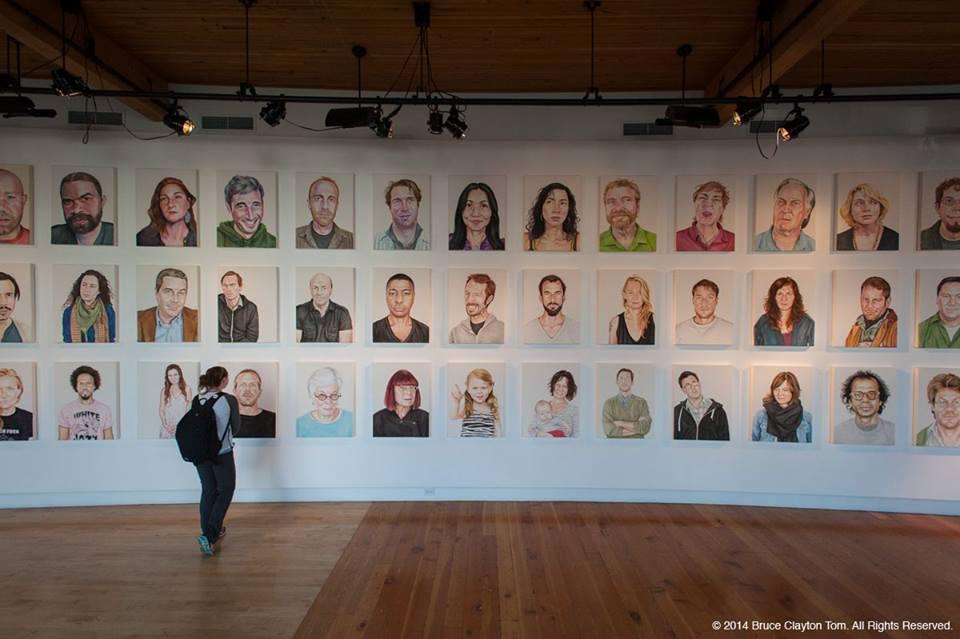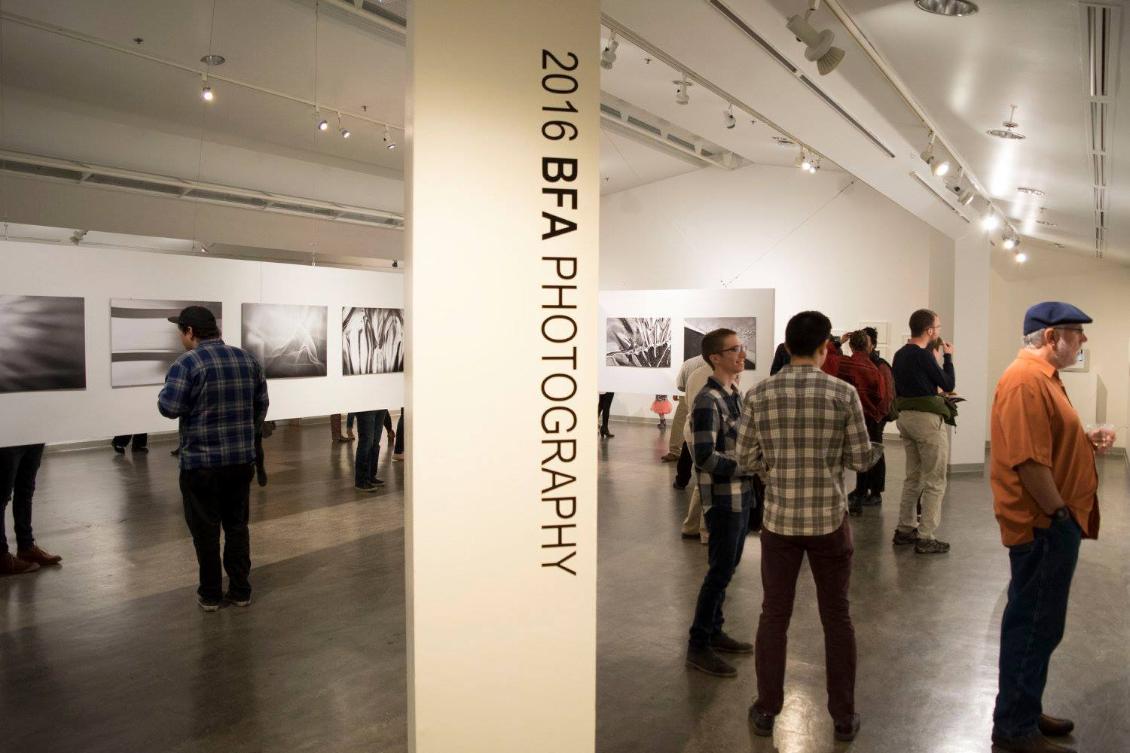Classrooms and Galleries
We offer a variety of exhibition and art-making spaces, including:
Students also have access to the Billodue Makerspace located in the Jim and Janet Sinegal Center for Science and Innovation.
Our Galleries
Located in the Lobby of the Lee Center for the Arts, the Hedreen Gallery is dedicated to the vibrancy of Seattle's artistic community. Our mission is to support the work of emerging artists and exhibit new work by established artists: local, national, international. We strive to catalyze artistic process and dialogue; to connect artists, audiences, and resources; and to engage the community in the arts.
Always free and open to the public.
See the latest exhibitions at Hedreen Gallery.

The Vachon Gallery is dedicated exhibiting works by advanced students in the Art and Art History department, as well as resident artists and faculty. This vast and versatile space located in the Fine Arts Building lends itself to large scale installations and group exhibitions.
See the latest exhibitions at Vachon Gallery.

Our Classrooms and Studios
Situated a block away from the main campus, sculpture studio is professionally equipped with wheeled work tables and variety of machines that accommodate the works of wire, clay, cardboard, wood, plaster and 3-D printing. This beautiful built space is part of the artist co-op which aims to provide a high standard working environment for artists. Sufficient equipment, fine studio furniture, high wooden beam ceiling and large windows of natural light make sculpture studio an inspiring space for students to create and thrive in art-making.
The spacious and light filled Printmaking Studio functions as a laboratory for investigating printmaking. This two-room studio contains a large and a small flatbed press, and ample space to introduce students to a variety of multiple imaging techniques including intaglio, monotype, relief, and experimental printing processes using digital media. Calligraphy and letter arts are also taught in this studio space.
The intimate ceramics studio allows students to focus on hand methods, sculptural work and the world vessel tradition. This space features two electric low fire clay kilns. The studio practices safe, green, and sustainable methods of clay work.
This studio hosts drawing courses at various levels of expertise. The space is ideal for still life and figure drawing, complete with movable furniture, flexible lighting, mirrors, storage and display boards for critique.



